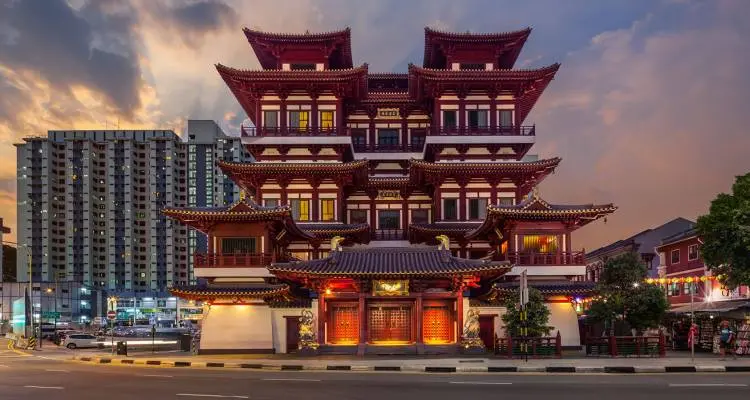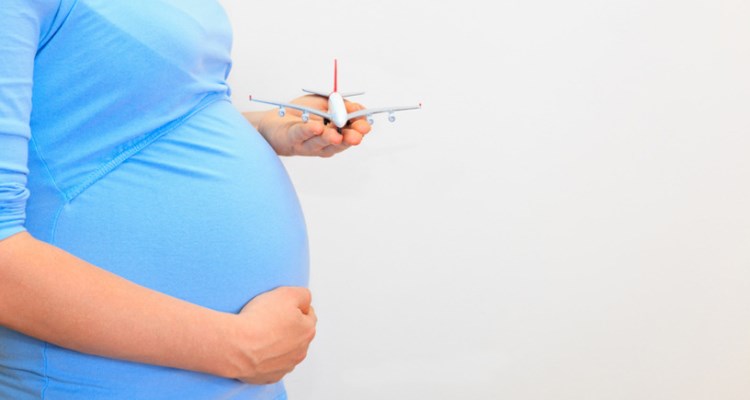Buddha Tooth Relic Temple: A Rich Spiritual Journey into Buddhism’s Heart
The Buddha Tooth Relic Temple, located in the heart of Singapore’s vibrant Chinatown district, is not just a temple but a living cultural monument. Its architectural grandeur, rich history, and remarkable collection of Buddhist art make it a must-visit for any traveler seeking a deeper understanding of Buddhist culture.
In this article, we will explore why you should visit the Buddha Tooth Relic Temple, its location and how to reach it, the best time to visit, and the exquisite sights you can expect to see.
Why Visit the Buddha Tooth Relic Temple?
1. Spiritual Significance
The temple is a revered site for Buddhists as it houses what is believed to be the left canine tooth of the Buddha. It serves as a place of worship and meditation for followers of Buddhism and those interested in learning about this rich tradition.
2. Architectural Marvel
The Buddha Tooth Relic Temple, built in the Tang Dynasty architectural style, is a sight to behold. The temple’s impressive structure, intricate details, and grandeur offer a glimpse into ancient Chinese culture.
3. Cultural and Historical Experience
The temple also houses a museum exhibiting Buddhist art and history, making it a great place to delve into the cultural heritage and religious practices of Buddhism.
4. Serene Environment
Despite being located in a bustling district, the temple offers a tranquil and peaceful environment. The calming chants, incense’s soothing fragrance, and serene atmosphere make it a perfect place for introspection and relaxation.
Location and Route
The Buddha Tooth Relic Temple is conveniently located at South Bridge Road in Chinatown, making it accessible from different parts of Singapore. Here are the ways to reach the Temple:
- By MRT: The nearest MRT station is Chinatown (Northeast Line and Downtown Line). It’s a short walk from the station to the temple.
- By Bus: Various buses service Chinatown. You can take bus numbers 2, 12, 33, 54, 63, 124, 143, 147, 190, 851, 961, 970, CT8, CT18, or CT28.
- By Car: If you are driving, there are numerous public car parks available around the temple, like the People’s Park Complex, Chinatown Complex, and the multi-storey car park at Hong Lim Complex.
When to Visit
The Buddha Tooth Relic Temple is open throughout the year, welcoming visitors to explore its rich history and culture. However, to make the most of your visit, consider the following tips:
- Non-Peak Hours: Plan your visit during non-peak hours, such as early mornings or late afternoons, for a peaceful and personal experience.
- Prayer Sessions: The temple has prayer sessions at different times throughout the day. Visiting during these sessions can give you a unique perspective into Buddhist practices.
- Festivals: Visiting during Buddhist festivals, like Vesak Day or Lunar New Year, can be an enriching experience as the temple hosts various cultural and religious events. However, be prepared for larger crowds during these occasions.
What to See at the Buddha Tooth Relic Temple
1. Relic Chamber
The sacred Buddha Tooth Relic is housed in a giant stupa made of gold, which weighs 420 kilograms. Only monks are allowed inside the Relic Chamber, but visitors can view the relic from the public viewing gallery.
2. Buddhist Culture Museum
The museum, located on the third floor, houses a rich collection of Buddhist artefacts and relics collected from various parts of Asia.
3. Ten Thousand Buddhas Pagoda
This rooftop garden houses a pagoda that has a large prayer wheel and is surrounded by thousands of small Buddha statues.
4. Tea House
The temple also houses a tea house where visitors can enjoy traditional Chinese tea ceremony experiences.
5. Hall of Universal Harmony
This large hall houses a giant statue of Buddha Maitreya and offers a serene space for prayers.
Conclusion
The Buddha Tooth Relic Temple offers a profound spiritual and cultural journey into the heart of Buddhism. Its splendid architecture, serene environment, and rich repository of Buddhist artefacts make it a haven for spiritual seekers, history enthusiasts, and curious travelers. Plan your visit, step into this spiritual sanctuary, and experience the richness of Buddhist culture like never before.



